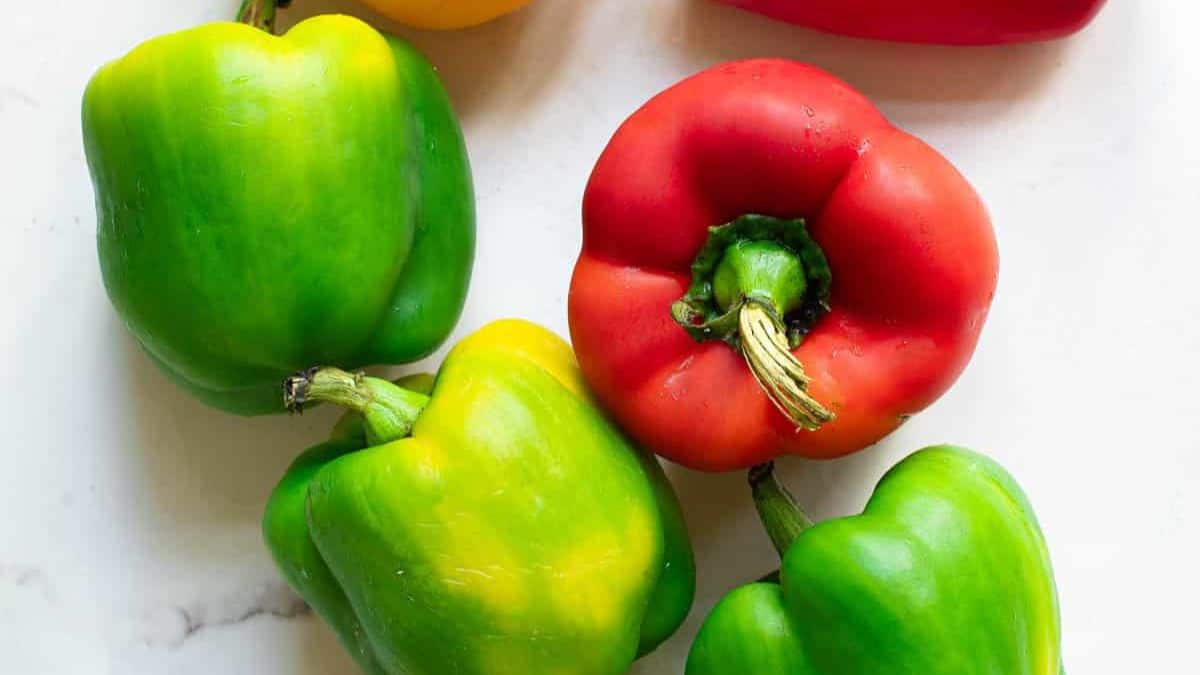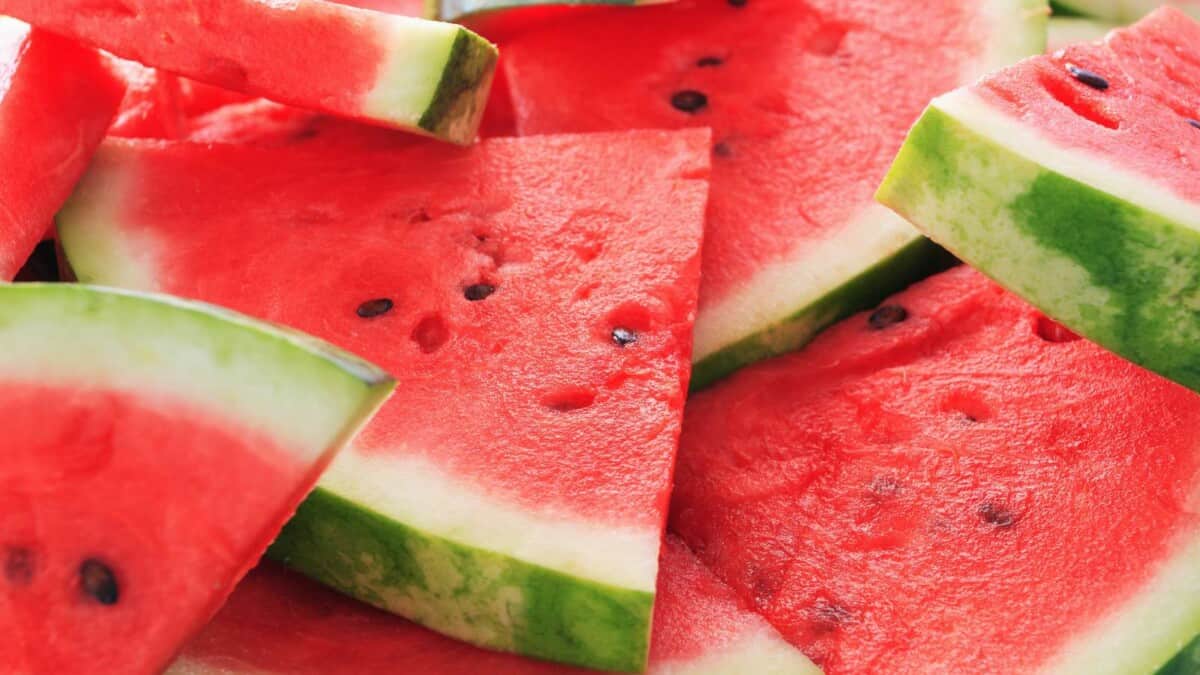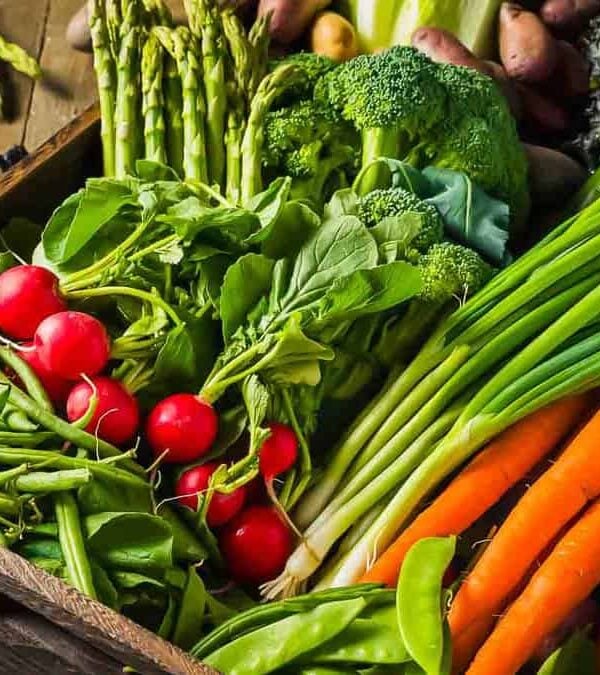Jumping into raised bed gardening opens up a whole new world of growing potential, from boosting your soil’s nutrient profile to getting more green in less ground. The beauty of raised beds isn’t just in their efficient drainage or how they keep your soil from getting squashed underfoot; it’s also about making every square inch count. With space at a premium for most of us, picking the right veggies for these elevated patches is key.
This list will guide you through choosing the best plants for your raised beds, ensuring your garden thrives. While not every veggie is cut out for life above ground level, there are some that truly shine in compact spaces.

Root Vegetables

Root vegetables are ideal for raised bed gardens. In a raised bed, you can get the soil just right for them, keeping it loose and well-drained, so carrots, beets, and radishes have the space to grow deep and strong. This setup prevents soil compaction, allowing roots to expand easily and veggies to develop better.
Leafy Greens

Leafy greens like spinach, chard, arugula, kale, and lettuce are perfect picks for raised bed gardens. Their fast growth rate means you can plant them solo or mix them up with other veggies for a diverse harvest. You can start picking their leaves early in the season, right alongside peas and other spring favorites, then keep the bounty going by planting in waves or swapping them out for summer crops as the weather heats up. This method keeps your garden productive and your salad bowl full from spring through fall.
Peppers

Peppers, whether you’re aiming for a sweet melody or a spicy kick, absolutely flourish in the cozy warmth of raised bed gardens. The soil in these elevated beds heats up more quickly as the season turns, allowing you to plant them ahead of the usual timeframe. Just remember, if you’re moving seedlings from the indoors to the great outdoors, they need a bit of tough love first. Hardening off your pepper plants ensures they’re ready to soak up the sun and thrive, setting the stage for a bountiful harvest of fiery reds and vibrant yellows.
Eggplant

Eggplants thrive in the warmer soil of raised garden beds. This setup helps the soil heat up faster and stay warm, which is just what eggplants need to grow well.
Determinate Tomatoes

Determinate tomatoes, also known as bush varieties, are tailor-made for the cozy confines of a raised bed garden. Unlike their indeterminate siblings, which keep growing and producing fruit until killed by frost, determinate tomatoes grow to a fixed height and bear all their fruit over a short period. This compact growth habit means they don’t need as much space to spread out, making them ideal for the limited real estate of a raised bed.
What Not To Grow in a Raised Bed Garden

While raised beds offer versatility, plants that naturally spread out or have deep roots might find the space limiting. The risk of damage to sprawling vines or extensive root systems can make them less ideal for such a setup. However, it is possible, with creative solutions like trellises, to overcome these challenges and grow a wide variety of plants successfully in raised beds.
Watermelons

Growing watermelons in raised beds can be tricky because these plants love to roam and their vines stretch far and wide, demanding more room than a raised bed typically provides. The hefty watermelons they produce also put a strain on the vines, especially if they hang over the edges, which can lead to damaged plants and jeopardize the fruit.
Pumpkins

Pumpkins struggle in raised beds due to their expansive growth pattern and the large size of their fruits, which can lead to cramped conditions and potential vine damage. Unlike other plants that might adapt well to the boundaries of a raised bed, pumpkins require significant room to flourish, making them less suitable for such constrained environments.
Winter Squash

Winter squash isn’t ideal for raised bed gardens because it grows large and needs more space than a raised bed usually offers. The heavy squash can also pull down and damage the vines if they grow over the edges, making it hard to manage in a small space. If you’re set on growing some, however, smaller varieties like delicata squash are a better choice than larger ones like butternut or kabocha.
11 Foods That Magically Regrow From Scraps!

Turning kitchen scraps into a source of fresh produce isn’t just an eco-friendly practice; it’s a fascinating experiment in the potential of everyday leftovers. From the ends of lettuce to the tops of carrots, many of the foods we consume can surprisingly regenerate with a bit of care and patience. Check out the foods that can magically regrow from scraps and get started in your kitchen!
See Them Here: 11 Foods That Magically Regrow From Scraps!
10 Creative Ways To Use Coffee Grinds You Probably Never Thought Of

You know those coffee grinds you usually toss out after brewing your morning cup? Turns out, they’re like gold for a bunch of cool and unexpected uses. Here’s a fun list of unique and creative ways to give those grinds a second life, from greening up your garden to jazzing up your skincare routine.
See Them Here: 10 Creative Ways To Use Coffee Grinds You Probably Never Thought Of
11 Essential Herbs You Should Be Growing Right Now To Save Money

Thinking about growing your own herbs but wondering if it’s worth the effort? Not only is it easier than you might imagine, but it’s also a serious money saver, especially when these herbs are in season. If you’ve ever balked at the price of a tiny plastic packet of fresh herbs at the grocery store, consider growing your own whether in a garden or indoors in pots. These 11 foolproof herbs are the perfect ones to start with.
See Them Here: 11 Essential Herbs You Should Be Growing Right Now To Save Money
Gina Matsoukas is an AP syndicated writer. She is the founder, photographer and recipe developer of Running to the Kitchen — a food website focused on providing healthy, wholesome recipes using fresh and seasonal ingredients. Her work has been featured in numerous media outlets both digital and print, including MSN, Huffington post, Buzzfeed, Women’s Health and Food Network.












